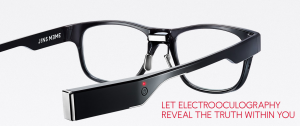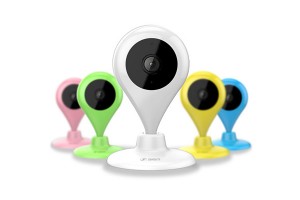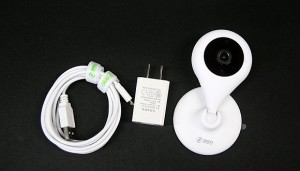Lab-Systems: Week1 Self Introduction and 2 Examples of Connected Objects
A bit about myself: As I presented in our first class, I am passionate about creating head-mounted devices to alter the user’s various senses and behaviors, evoking people to rethink about everyday things through different angles of perception. More generally, I want to create immersive experiences, installations and interactions to hopefully bring confidence to audience that everyone can live in a dreamy magical world like in a sci-fi movie.
2 Examples of Connected Objects:
- J!ns Meme smart glasses collecting data from the user and connecting to computer or mobile
J!ns Meme is the latest project from Professor Masahiko Inami, who is well known for his invisible cloak that enables people to “see” with X-ray vision. (I worked with him briefly at SIGGRAPH in LA this summer.) J!ns Meme is a pair of wearable glasses embedded with multiple sensors to detect various activities, such as blinking, reading, talking and walking. Data are collected from a gyroscope, an accelerometer, and three electrodes between two eyes and then examined in groups that follow certain patterns in different activities. The glasses are able to measure the user’s reading speed, the number of steps the user has walked, etc. These data can be input to computer or mobile applications, providing further analysis for daily activities. For instance, when the user stares at the laptop’s screen for too long without blinking, the screen will blur to remind the user to use eyes healthily, and when the user does not move his/her head for a certain amount of time, the screen will dim a little bit.
- 360 Smart Camera connecting to its phone app
360 Smart Camera is a low-cost Wi-Fi camera released by the Chinese software company Qihoo 360 this year. Initially it has been designed as a tool to watch your house or store remotely, by connecting the camera with its phone app. Through the app, the user can turn the camera angle to see different sections of the surroundings and speak to the phone, through which the sound will be transmitted to the camera with a speaker embedded inside. The camera even has facial recognition function; while detecting a face or movement in an empty house, the app will automatically push notifications to the user. The camera also contains a micro SD card slot. An 8 GB SD card will be sufficient to store 24 hours of the recording, enabling the user to playback videos on the phone. However, as the camera has become acceleratingly popular for daily use, it causes critical privacy concerns, since it can be easily set up and the recording content can accessed online through the broadcasting function by just clicking a button.





Leave a Reply